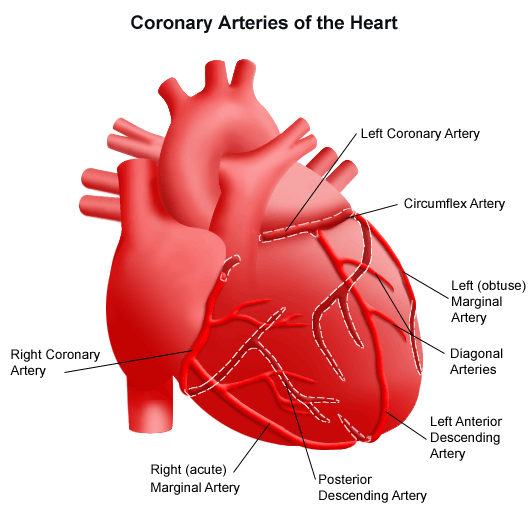Scientists from Case Western Reserve in Cleveland, Ohio have used hydrogels (jello-like materials) to make three-dimensional structures that direct stem cell behavior.
Physical and biochemical signals guide stem cell behavior and directs them to differentiate and make tissues like muscle, blood vessels, or bone. The exact recipes to produce each particular tissue remains unknown, but the Case Western Reserve team has provided a way to discover these recipes.
Ultimately, scientists would like to manipulate stem cells in order to repair or replace damaged tissues. They would also like to engineer new tissues and organs.
Eben Alsberg. associate professor of biomedical engineering and orthopedic surgery at Case Western Reserve, who was also the senior author on this research said, “If we can control the spatial preservation of signals, we have be able to have more control over cell behavior and enhance the rate and quality of tissue formation. Many tissues form during development and healing processes at least in part due to gradients of signals: gradients of growth factors, gradients of physical triggers.”
Alsberg and his colleagues have tested their system on mesenchymal stem cells, and in doing so have turned them into bone or cartilage cells. Regulating the presentation of certain signals in three-dimensional space may be a key to engineering complex tissues; such tissues as bone and cartilage. For example, if we want to convert cartilage-making cells into bone-making cells or visa-verse, several different signals are required to induce the stem cells to change into different cell types in order to form the tissues you need.
To test their ideas, Alsberg and coworkers two different growth factors directed the stem cells to differentiate into either bone or cartilage. One of these growth factors, transforming growth factor-beta (TGF-beta) promotes cartilage formation while a different growth factor, bone morphogen protein-2 (BMP-2). Alsberg and his crew placed mesenchymal stem cells into an alginate hydrogel with varying concentrations of these growth factors. Alginate comes from seaweed and when you hit it with ultraviolet light, it crosslinks to form a jello-like material called a hydrogel. To create gradients of these growth factors, Alsberg developed a very inventive method in which they loaded a syringes with these growth factors and hooked them to a computer controlled pump that released lots of BMP-2 and a little TGF-1beta and tapered the levels of BMP-2 and then gradually increased the levels of TGF-1beta (see panel A below).

The result has an alginate hydrogen with mesenchymal stem cell embedded in it that had a high concentration of BMP-2 at one end and a high concentration of TGF-1beta at the other end. Alsberg also modified the hydrogel by attached RGD peptides to it so that the stem cells would bind the hydrogel. The peptide RGD (arginine-glycine-aspartic acid) binds to the integrin receptors, which happen to be one of the main cell adhesion protein on the surfaces of these cells. This modification increases the exposure of the mesenchymal stem cells to the growth factors. After culturing mesenchymal stem cells in the hydrogel, they discovered that the majority of the cells were in the areas of the hydrogel that had the highest concentration of RDG peptides.
In another other experiment Alsberg and others varied the crosslinks in the hydrogel. They used hydrogels with few crosslinks that were more flexible and hydrogels that have quite a few crosslinks and were stiffer. The stem cells clearly preferred the more flexible hydrogels. Alsberg thinks that the more flexible hydrogels might show better diffusion of the growth factors and better waste removal.
“This is exciting,” gushed Alsberg. “We can look at this work as a proof of principle. Using this approach, you can use any growth factor or any adhesion ligand that influences cell behavior and study the role of gradient presentation. We can also examine multiple different parameters in one system to investigate the role of these gradients in combination on cell behavior.”
This technology might also be a platform for testing different recipes that would direct stem cells to become fat, cartilage, bone, or other tissues. Also, since this hydrogel is also biodegradable, stem cells grown in the hydrogel could be implanted into patients. Since the cells would be in the process of forming the desired tissue, their implantation might restore function and promote healing. Clearly Alsberg is on to something.

